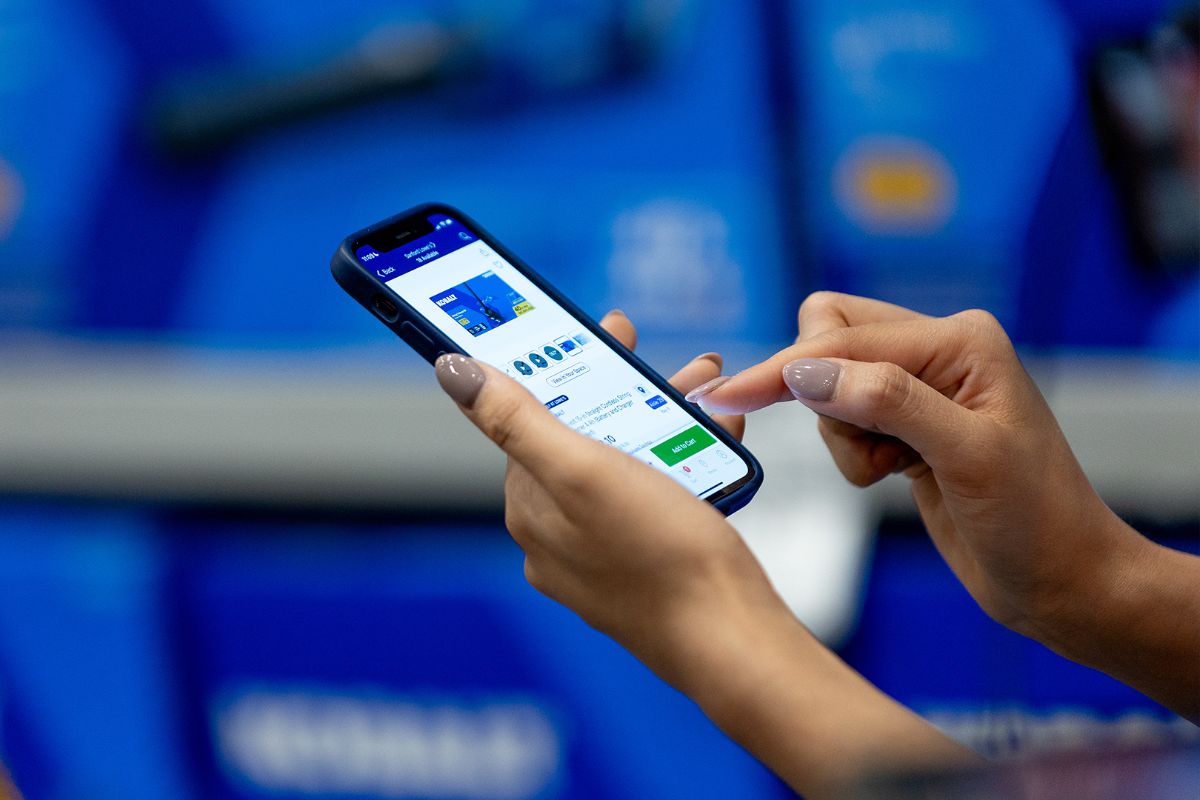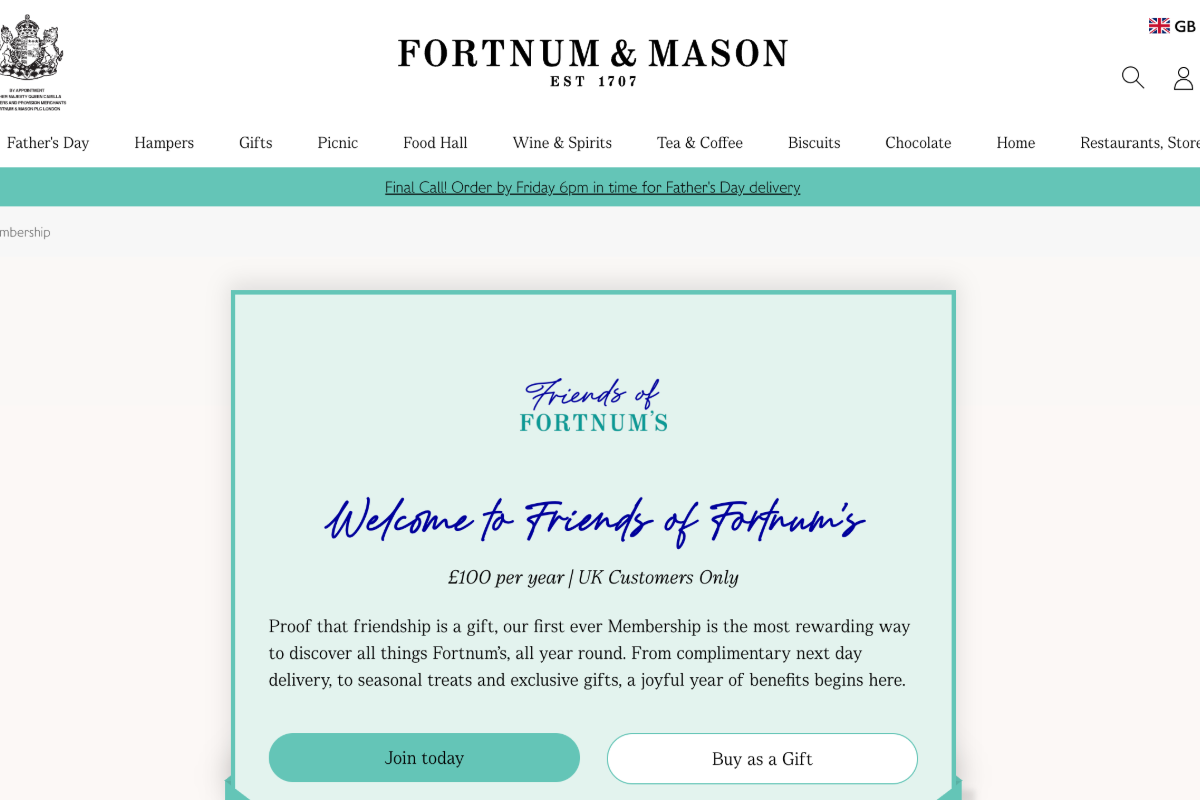Global research into fashion shopper habits shows that consumers are now driven by green issues when making choices, with more than 60% believing brands and retailers should be making end-of-life options clearer and offering more transparency about production and transport.
The Digital Consumer Behavior [sic] report by Avery Dennison Corporation quizzed 5000 fashion shoppers across the US, UK, France, Germany and China and revealed a deep desire for a greener way to shop. Consumers want retailers to provide more traceability, and information that will support responsible production and fashion circularity.
Transparency and connectivity
This indicates that brands need to find frictionless ways to provide consumers with relevant information. One example is putting digital labels on clothing. By scanning a QR code on the garment label and accessing information on an app, consumers can explore the lifecycle of the item of clothing to date, and find out how to recycle it. Retailers with convenient ways to communicate through smart labels will be in a strong position to drive brand loyalty, while actively supporting fashion circularity.
More than 40% of consumers surveyed in the US, more than 50% in Europe, and almost 70% in China say they want access to more information about how their clothes were made, to better inform their shopping decisions.
Circularity, recycling, repair
Sustainability has been pushed to the forefront of consumers’ minds when purchasing in recent years, as climate degradation becomes more serious and issues around ethical labour have come to light. Fashion buyers, especially, have high expectations from brands in driving sustainability forward, and are demanding increased transparency detailing how their products are manufactured and shipped.
They also recognise their own responsibility. Across the global markets surveyed, 62% of people said they want brands and retailers to make end-of-life options accessible for their products, with 58% saying fashion brands should help consumers repair items, and 57% saying brands should help consumers resell items when they no longer want to keep them. 43% of those who haven’t repaired their clothes before want to do so in the future.
The secondary market
Secondary fashion marketplaces and rental platforms are booming, and the implementation of smart labels and digital ID technologies can further invigorate them, directly benefiting consumers. QR codes provide consumers with all the information they need to allow for verified secondary market purchases.
Overall, more than half of fashion buyers in Europe and the US say they purchase second-hand clothes. There are strong age-based patterns here too – the younger a person is, the more likely they are to be purchasing pre-loved fashion goods.
Where counterfeit goods are a prominent issue, fashion buyers are requesting proof of garment authentication. While a third of those who purchase second-hand fashion goods say they would use digital triggers to validate the authenticity of a garment, nearly all expect what they purchase to be authentic. This suggests the onus is on the reseller, who needs physical and digital tools to quickly confirm that a branded item is genuine.
End-to-end data solutions represent a viable tool to help facilitate recycling and resale models smoothly. They amplify value and visibility for products throughout each stage of the supply chain.









